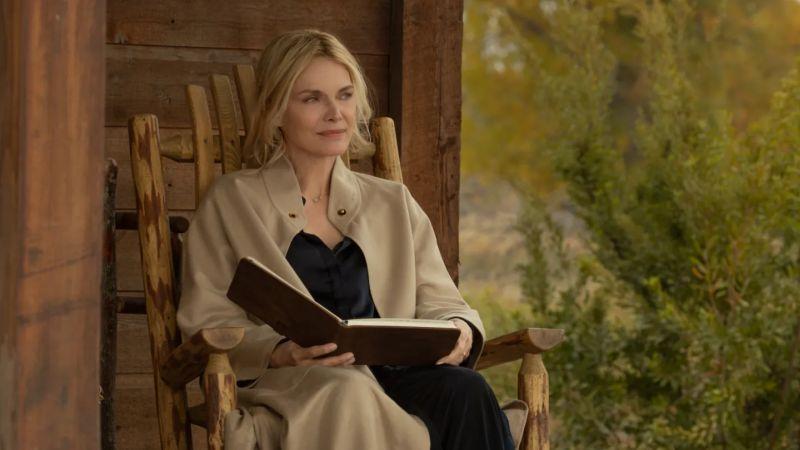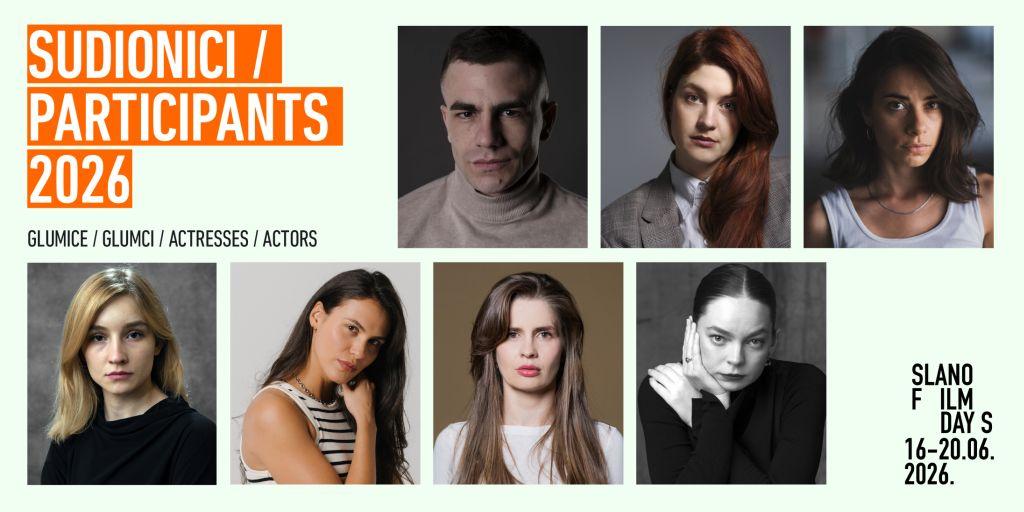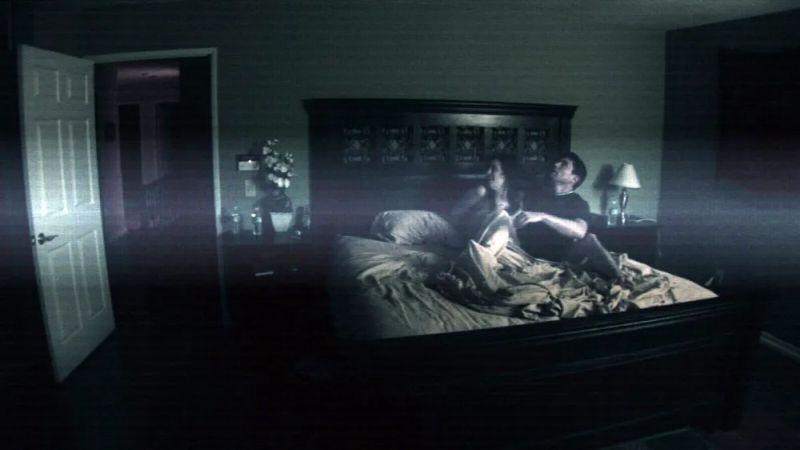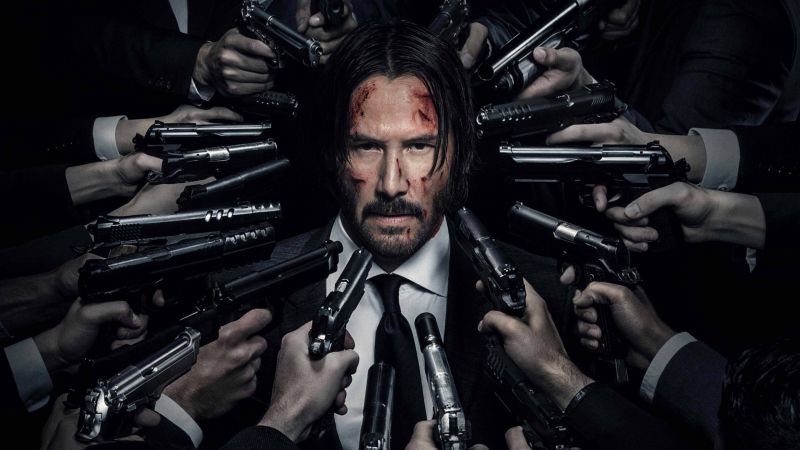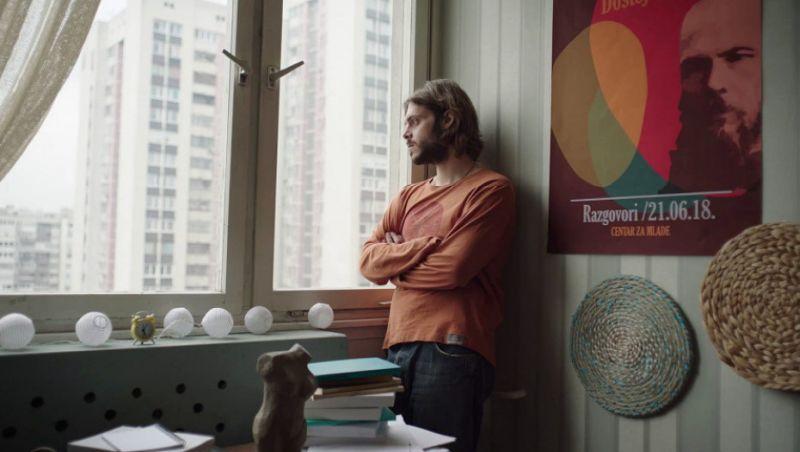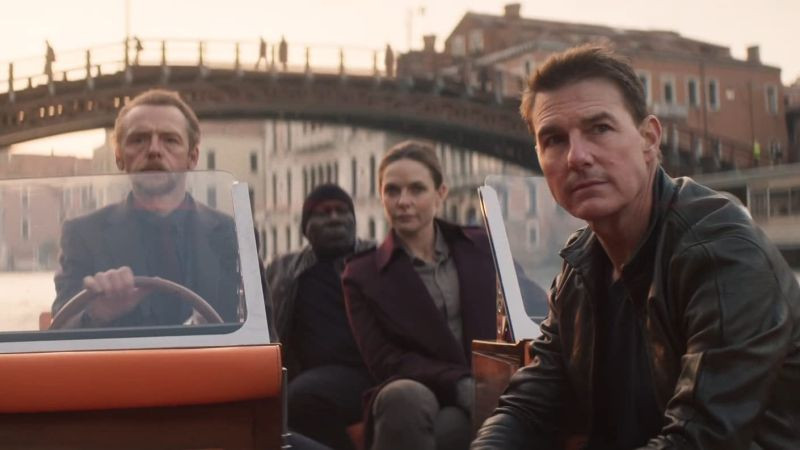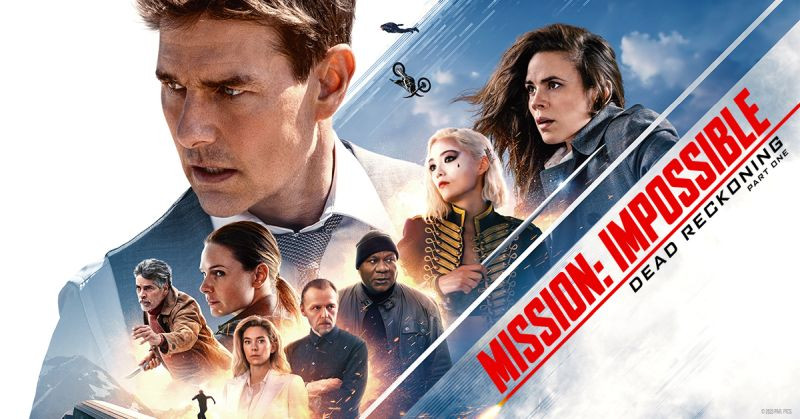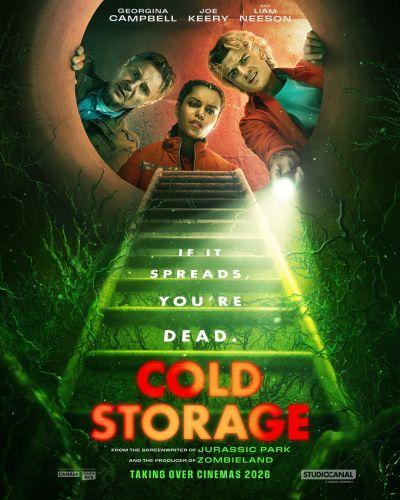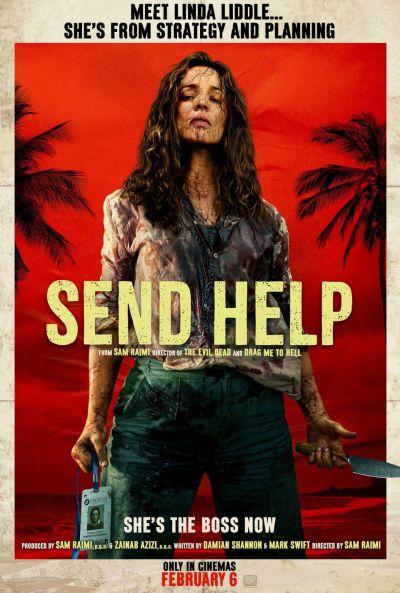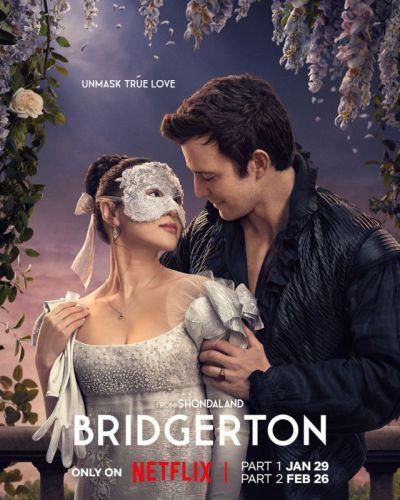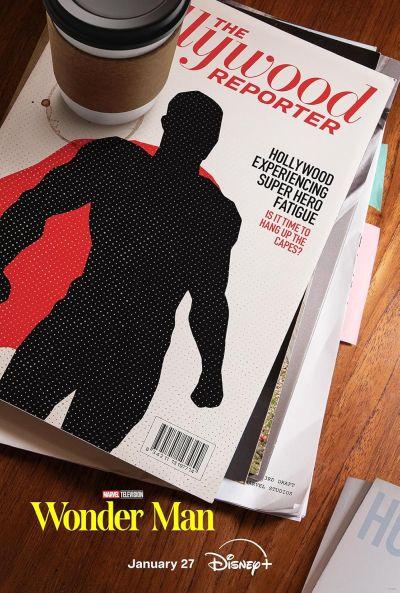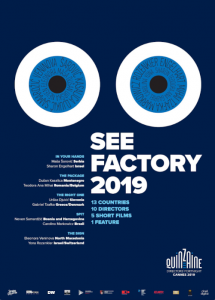 Fillmofil.ba proudly represents the works of young critics done in program Talents Sarajevo of 25th Sarajevo Film Festival
Fillmofil.ba proudly represents the works of young critics done in program Talents Sarajevo of 25th Sarajevo Film Festival
Written by: Sezen Sayinalp
SEE FACTORY: SARAJEVO MON AMOUR (2019), shown at the 25th Sarajevo Film Festival, consists of five shorts dealing with socio-economical classes, people’s lifestyle and they’re believes in nowadays Sarajevo. THE PACKAGE is the second chapter in this omnibus and was written / directed by Dušan Kasalica from Montenegro and Teodora Ana Mihai from Romania/Belgium.
The movie opens with an establishing shot of a busy street at night, the city’s animate part, lightened by a shopping mall across the street. Then the camera focuses on an old building, a living block that looks like a prison, with small and closed windows that contrast with the city lights behind. These two different architectural structures immediately set the sense of an opposition between the past and the present, just as well as between the nocturnal city and the apartments in the building.
THE PACKAGE’s protagonist, a young woman, waits for a package from someone in one of these apartments. The other character, the Keeper, brings this package at her door front, only to be invited inside, and little by little we realize she prepared well for this visit. Following their conversation, the camera constantly switches between these two characters and their faces, thus creating the impression of a tennis match. Seems like the directors want to explore their facial expressions and their inner psychological movements with great detail. As the young woman is playing the role of a host in a traditional way, we also get the feeling that the tennis match is between the past and the present, which too corresponds to the urban setting in the beginning.
The young woman seems to be alone. With her family lost long ago, she has a baby she raises on her own. There is also a cat, like some kind of observer. This apartment feels like the protagonist’s world. The Keeper appears as a tool to reach the outside. In their carefully crafted dialogue there is absurd humor, but the Woman’s story is really harsh. As if the apartment she lives in and the darkness are killing all options. The Keeper seems to open a new door for her, and this too refers to traditional gender roles. Still, the Woman will try to create her own future, as she has power and agency of her own.
In this sense, mise-en-scene and lighting have an important role in THE PACKAGE. The woman’s tragic story is narrated almost in the darkness, and she is framed alone. Then the man plays with the saxophone he brought on his way to a gig. Even if the apartment remains rather unlit, the lights from the mall across the street keep changing the color palette from blue to pink and back to pink. By alternating these hues, it feels like the film experiments with different moods – dramatic, jazzy, wistful, dreamy – opening new possibilities in the storyline. The music also helps shaping the playful ambience, as the Keeper is actually a professional musician, apparently being able to vocalize the Woman’s desires and intentions without words.
At the end, it turns out “the package” is kind of a MacGuffin in this film, as we realize it is not so important. It is rather the Keeper who seems to be the package in question, and a tool to a better future, out of this place. In the context of this clash between the past and the present, we might wonder about the gender-role dynamics in contemporary society in terms of creating new life opportunities and changing the world.


